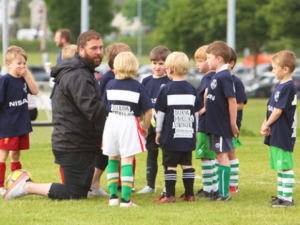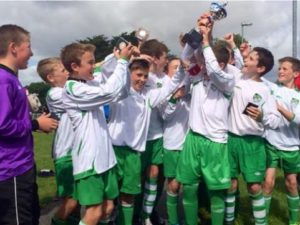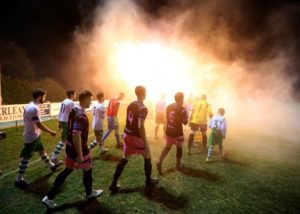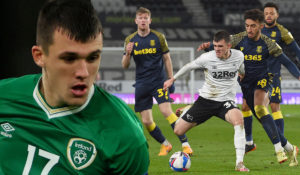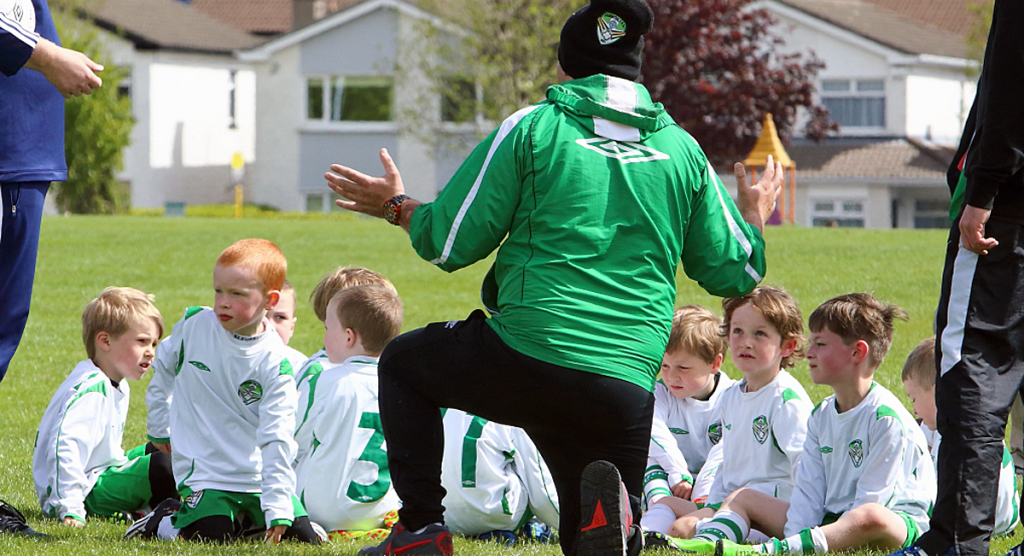Our Club History
In the 1930s, we were known as The Blues from Cabinteely and won the Schoolboys League Cup in front of an estimated crowd of 6,000 people and soon after changed our name to Cabinteely Boys.
During the 1940/50s Cabinteely played in the Wicklow Leagues and competed at various levels, before ceasing to play in the mid-1950s.
The current club was formed in 1967, as Auburn FC, and began league football with only one team. Little did those early enthusiasts know what they had initiated!
In 1970, many new teams had been formed and we joined the newly established ‘South County League’ Schoolboy leagues and renamed to Cabinteely Boys FC in 1973.
During the 70s and 80s, the club played in local leagues and competitions. In the 1990s the club began to expand and increase its profile in the Dublin football scene.
In 1992, the club was rebranded as Cabinteely Football Club, and began to focus on developing our senior teams, underage boys and girls teams, ladies teams and our infrastructure.
Over the next two decades, Cabinteely FC continued to grow and improve, establishing a strong presence in the Leinster Senior League, which is one of the top amateur football leagues in Ireland.
In 2015, Cabinteely FC made a significant breakthrough when we were awarded a license to compete in the League of Ireland First Division. This marked the club’s entry into the professional ranks of Irish football. This and the associated national U-13, U-14, U-15, U-17 and U-19 teams brought much more nationwide attention and acclaim to the club.
In 2021 we amalgamated our League of Ireland First Division team with Bray Wanderers FC, and play our home games at the legendary Carlisle grounds in Bray. This decision demonstrated a clear commitment to our player pathway for Cabinteely FC players and enhanced the overall structure and stability of the club across Irish football.
In addition to our senior team at Bray Wanderers FC, Cabinteely FC has also maintained its focus on youth development and continues to provide opportunities for young players in the area.
The club operates an extensive academy system, nurturing talent and offering a clear pathway for aspiring footballers.
The club’s progress and commitment to player development have earned us recognition and respect within the Irish football community. The club’s journey from a local youth organization to a competitive team in the League of Ireland is a testament to our dedication, passion, and the hard work of our players, staff, and supporters
.
